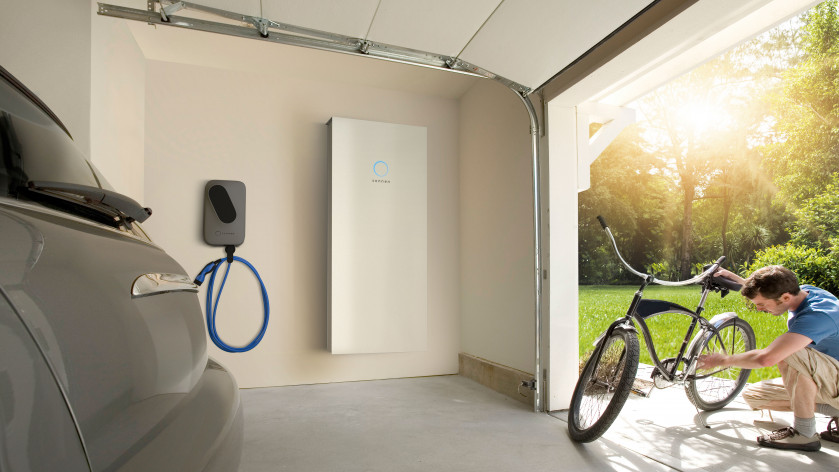With rooftop PV installations going from strength to strength, calls are mounting for the federal government to replicate the measures taken by some states in supporting residential battery energy storage uptake.
Distributed batteries would undoubtedly support continuing rooftop PV uptake and effectively shift rooftop solar generation from midday, when it is increasingly flooding grids, to meet evening peak demand. It would also facilitate ongoing rooftop PV uptake for homeowners, addressing equity issues.
“A national [residential battery] scheme is now needed to maximise the benefits of orchestrated home batteries for consumers and this has to be designed to deliver the highest quality products and meet strong safety standards,” said the CEC’s director of distributed energy, Con Hristodoulidis, in a statement.
The CEC is proposing an incentive of up to $6500 for each household to install a residential battery alongside rooftop solar.
The clean energy organisation pointed to modelling from consultancy Oakley Greenwood that households with a battery could save $900 annually on power bills under such a program. When batteries are “orchestrated” into a virtual power plant, or similar, those savings could increase to $1150 a year.
On an electricity system level, net savings of $190 million would be delivered by orchestrated residential batteries – the CEC-sponsored study concluded.
The CEC has previously published modelling showing that, as far back as 2021, solar and energy storage was already cheaper than gas peaker plans in meeting peak electricity demand periods.
“Orchestrated residential batteries have the added advantage of being able to trade electricity with the grid at optimal times, increasing consumer savings and supporting the broader energy system,” the CEC argued.
The CEC is far from being alone in its calls to bolster residential battery deployment. Tristan Edis, the director of analysis and advisory at Green Energy Markets has been calling for the SRES program to be reformed to support household battery uptake. With rooftop solar already affordable, STCs would be better directed at much-needed batteries, so the argument goes.
“If you want a politically popular program that is going to achieve meaningful scale and rollout and will have enough political support you have to go households,” Edis told pv magazine Australia. “The households are paying through the nose for their batteries,” he added.
With battery cell prices coming down, Edis said that residential battery price declines are likely coming. With scale, battery installations could rapidly increase – as has been see in countries like Germany and Italy.
According to the researchers at the HTW Berlin University of Applied Sciences, 79% of household solar systems were installed alongside a battery in 2023. This amounted to some 4.6 GWh of capacity.
With a residential solar-plus-storage system installed, households were able to reach 70% self-sufficiency, the HTW researchers found. The average rooftop system was 8.4 kWp, alongside a 7.3kWh battery in Germany in 2023.
There are some state-based programs currently in operation. On Feb. 12, the Queensland government opened its residential battery rebate program. The Victorian government is also providing interest-free loans for home batteries.
This content is protected by copyright and may not be reused. If you want to cooperate with us and would like to reuse some of our content, please contact: editors@pv-magazine.com.









For us in the USA, the problem is not demand, it’s that private and even state utilities do NOT want energy independence- they want everyone to depend on them and keep their stock and bond prices high, it’s a form of corruption against the citizens that we need to break.